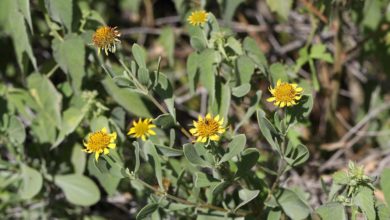Vigna luteola, commonly known as Hairy cowpea, is a short-lived perennial vine with small, curving yellow petals. It occurs not only in dunes but on the edge of lagoons, along roadsides and on the edge of woodlands. Its native range stretches from the mid-Atlantic Coast through Texas, and it is highly salt-tolerant.
The vine has trifoliate leaves and blooms from early spring through late fall. The species was among those first described by the father of taxonomy Linnaeus.
Research has shown that arbuscular mycorrhizal fungi are effective in increasing the phosphorus uptake of this species.
References
USDA Plant fact sheet. https://plants.usda.gov/factsheet/pdf/fs_vilu3.pdf
Pasquet, R. (2004). New synonyms of vigna luteola (jacq.) benth. (leguminosae-papilionoideae-phaseoleae). Kew Bulletin, 59(4), 637-638.
Hernández, G., Cuenca, G. & García, A. Behaviour of arbuscular-mycorrhizal fungi on Vigna luteola growth and its effect on the exchangeable (32P) phosphorus of soil. Biol Fertil Soils (2000) 31: 232.





